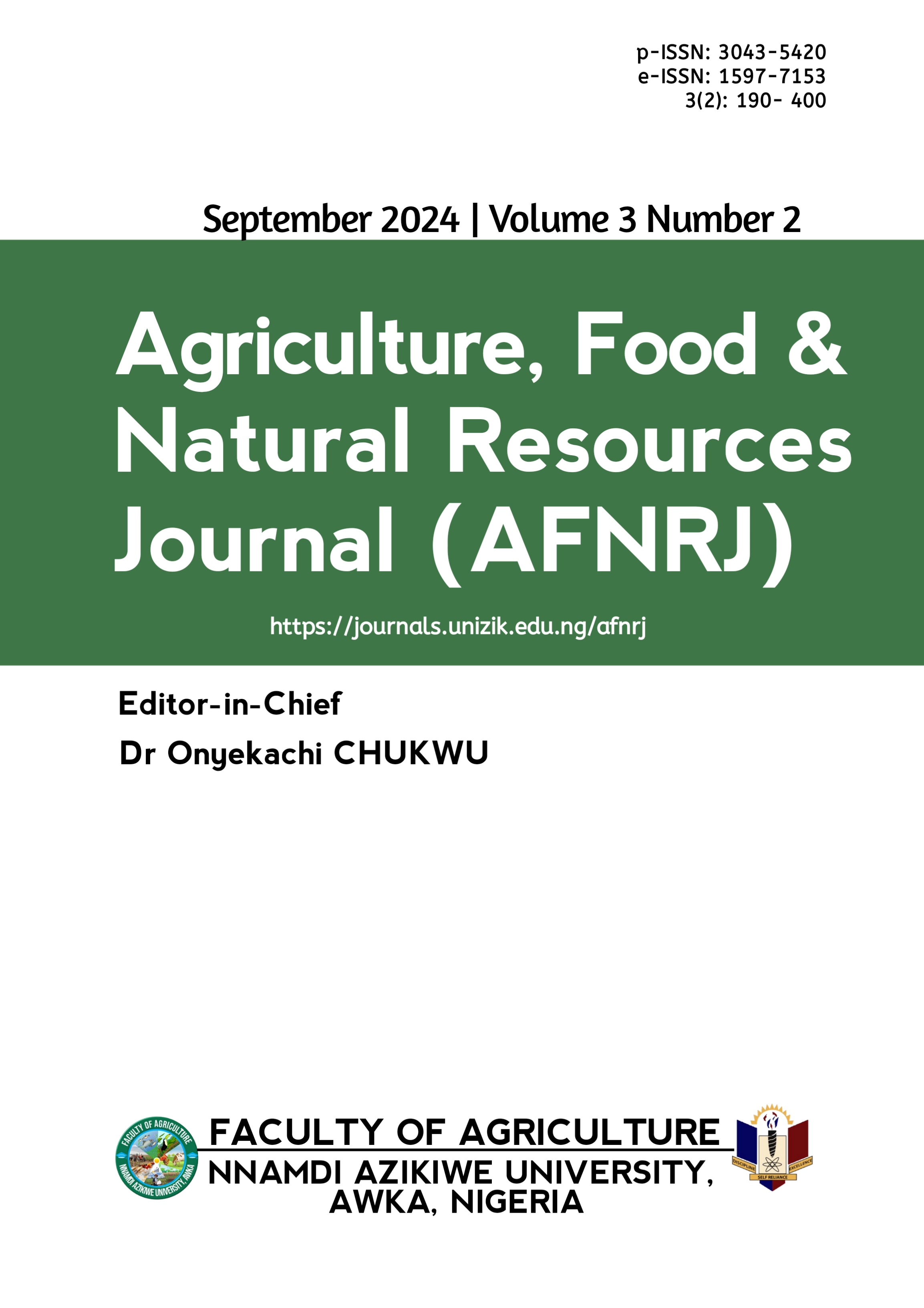Agricultural biodiversity and human health nexus: A review
DOI:
https://doi.org/10.5281/zenodo.14413345Keywords:
Agroecosystems, Biodiversity, Ecosystem Services, Human Health, ResilienceAbstract
Agricultural biodiversity refers to the variety of biological elements essential for food production and the functioning of agricultural ecosystems, known as agroecosystems. This concept encompasses the genetic, species, and ecosystem diversity necessary to support vital ecological processes. Agricultural biodiversity results from complex interactions among genetic resources, environmental factors, and various farming practices, shaped by both natural selection and human innovation over time. This biodiversity is crucial for human health and well-being, providing not only food but also essential raw materials such as cotton, wood, medicinal herbs, and biofuels, as well as sustaining livelihoods, particularly for subsistence farmers. Furthermore, agricultural biodiversity offers key ecosystem services, including pollination, soil and water conservation, and maintenance of soil fertility, all of which are fundamental to human survival. The genetic diversity within agricultural systems also enhances resilience, enabling species to adapt to changing conditions, such as extreme temperatures and pest pressures. This adaptability is increasingly important as we face shifting environmental challenges. Each domesticated crop embodies the ongoing management of biodiversity, continuously evolving to meet new demands while supporting health and sustainability in our agricultural landscapes.
Downloads
Published
Issue
Section
License
Copyright (c) 2024 Funmilayo Mary OLOYEDE, Aanuoluwapo Ayobami OWOLABI, Akinniyi Oyewole AKINLOYE, Emmanuel Femi ODETUNDE, Tawakalitu Ibukun ALADE

This work is licensed under a Creative Commons Attribution 4.0 International License.
which permits unrestricted use, distribution, and reproduction in any medium, provided the original author and source are credited.
Authors retain the copyright of their published work in the AFNRJ.





